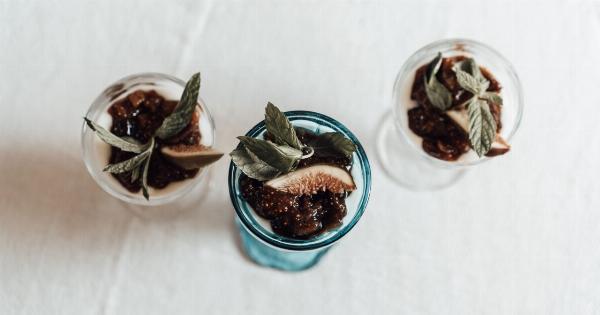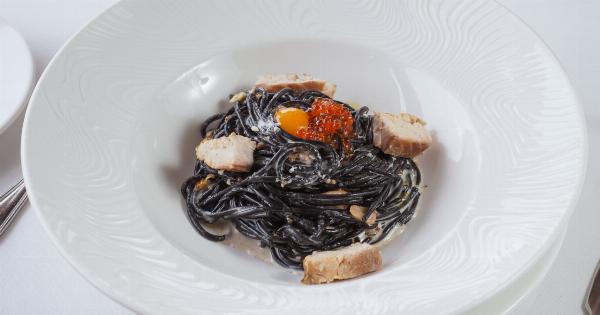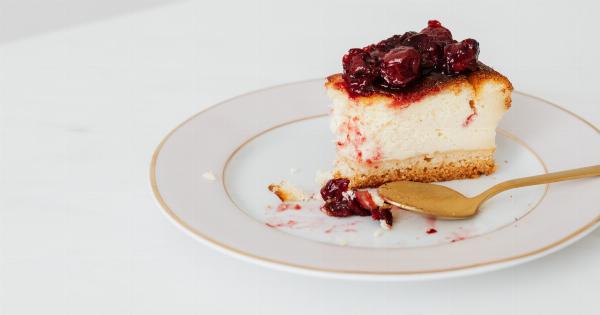Jam-making has long been a popular way to preserve fruit, and with the rise of homemade and artisanal food trends, more and more people are discovering the joys of making their own jams and jellies.
To help you get started on your own jam-making journey, we’ve enlisted the expertise of George Tsoulis, owner and head chef of The Jam Shop in Athens, Greece.
What You’ll Need
The first step in making jam is gathering your supplies. Here are the essentials you’ll need:.
- Fruit – Choose fresh, ripe fruit. For first-timers, strawberries and blueberries are great options.
- Sugar – Granulated sugar is the best option. The amount of sugar you’ll need will vary depending on the recipe.
- Lemon juice – Freshly squeezed lemon juice is important for balancing the sweetness of the fruit and helping the jam to set.
- Pectin – This is a natural thickener that helps the jam to set. You can purchase pectin at most grocery stores or use fruits that are naturally high in pectin, like apples and quinces.
- A large pot – Your pot should be larger than you think you’ll need, as the jam will bubble up and expand as it cooks.
- A thermometer – A candy or digital thermometer will help you accurately measure the temperature of the jam.
- Jars and lids – Use glass jars with tight-fitting lids that have been sterilized to ensure your jam stays fresh.
The Cooking Process
Once you have your supplies gathered, you’re ready to start cooking!.
Step 1: Prep the Fruit
Wash and chop your fruit, removing any stems, seeds, or pits. For berries, you can leave them whole or cut them in half. For larger fruits like peaches, chop them into small pieces.
You can also use a food processor to lightly blend the fruit, depending on your preferred texture.
Step 2: Combine Ingredients
Place the fruit, sugar, and lemon juice into your large pot. Stir the mixture together and allow it to sit for 10-15 minutes to let the sugar dissolve and the fruit release its natural juices.
Step 3: Add Pectin
If you’re using store-bought pectin, follow the package instructions on how much to add to your mixture. If you’re using a high-pectin fruit like apples or quinces, you may not need to add any extra.
Stir the pectin into the mixture and bring it to a boil.
Step 4: Boil the Mixture
As the mixture comes to a boil, use a wooden spoon to stir it constantly. Watch the temperature carefully on your thermometer and wait until the mixture reaches 220°F (104°C). This is the temperature at which jam will set.
Step 5: Test for Set
To test if your jam has set, place a small amount onto a chilled plate and allow it to cool for a few minutes. If it wrinkles when you push it with your finger, it has set.
If not, return the pot to the heat and continue boiling for another 2-3 minutes before testing again.
Step 6: Jar and Process
Ladle the hot jam into your sterilized jars, leaving about 1/4 inch of space at the top. Screw on the lids tightly. To ensure your jam stays fresh, you can process your jars in a hot water bath for 10-15 minutes or store them in the fridge.
Tips and Tricks
Jam-making is a fun and rewarding process, but it can be tricky to get the hang of. Here are some tips from George Tsoulis to help you get the best results:.
- Don’t rush the cooking process – it can take up to an hour for jam to properly set.
- Use a wide pot to allow the jam to cook evenly.
- Stir constantly to prevent burning and uneven cooking.
- Be patient – it may take a few tries to get the hang of jam-making, but the results are worth it!
Get Creative
Jam-making doesn’t have to be boring – experiment with different fruit combinations and flavorings to create your own unique preserves.
And once you’ve mastered the basics, try branching out into other sweet spreads like marmalade and fruit butter.































